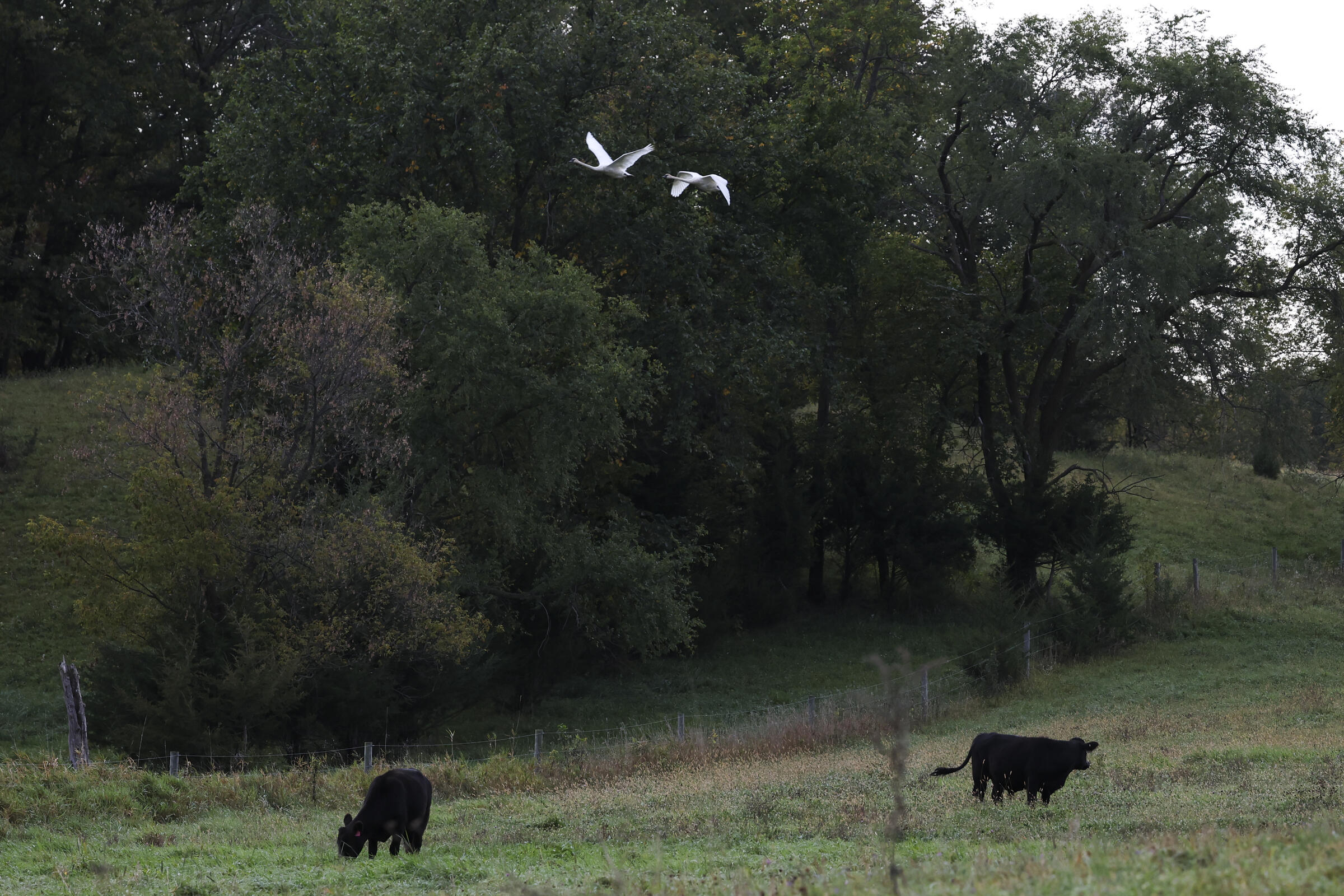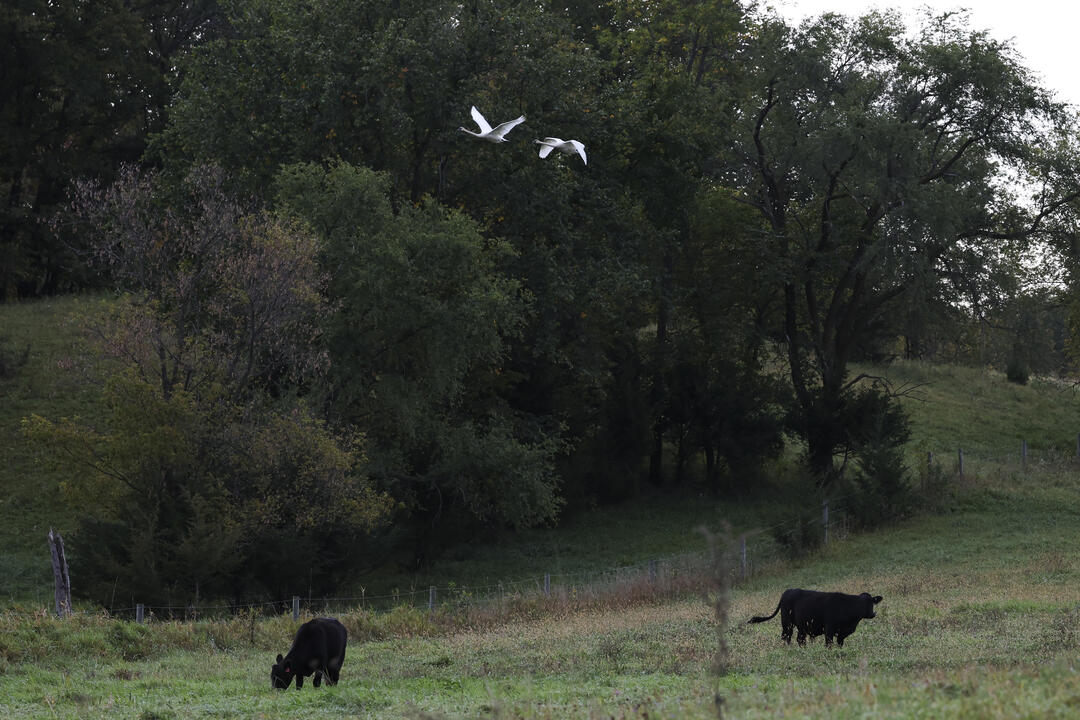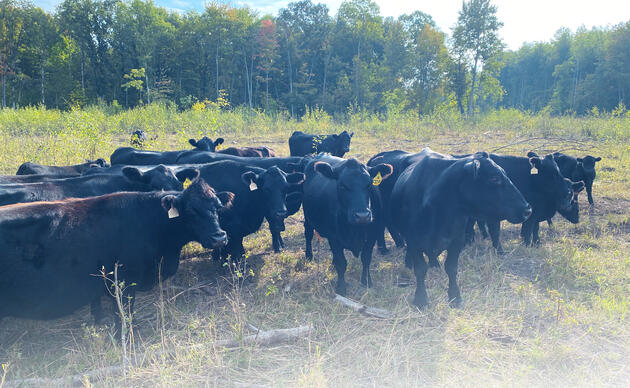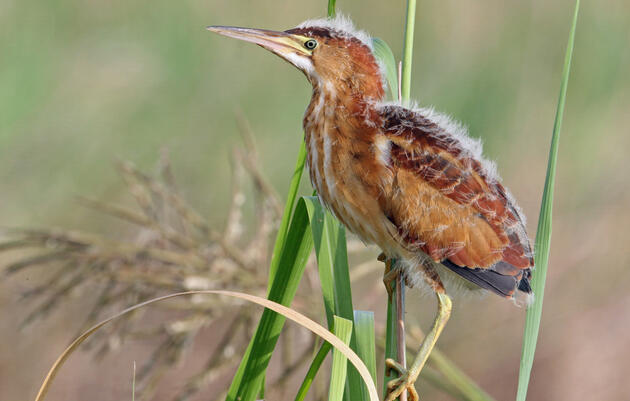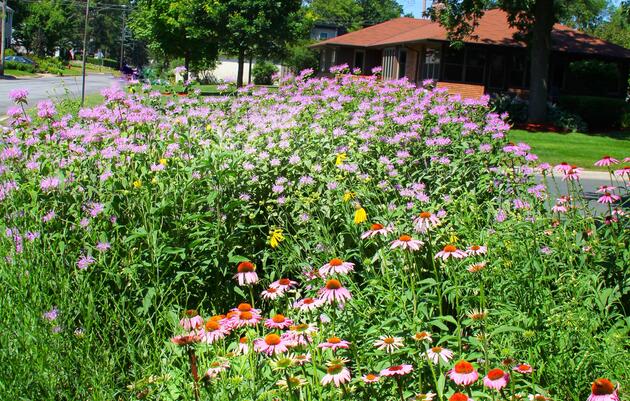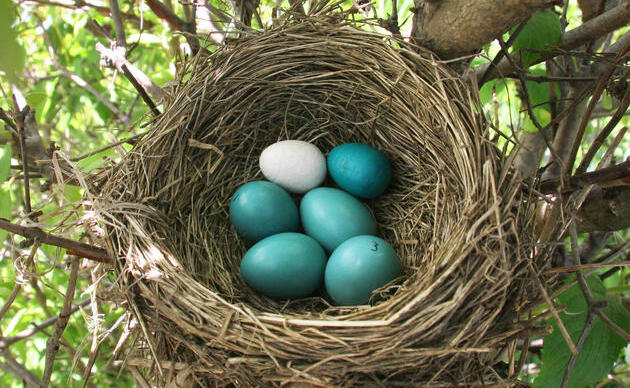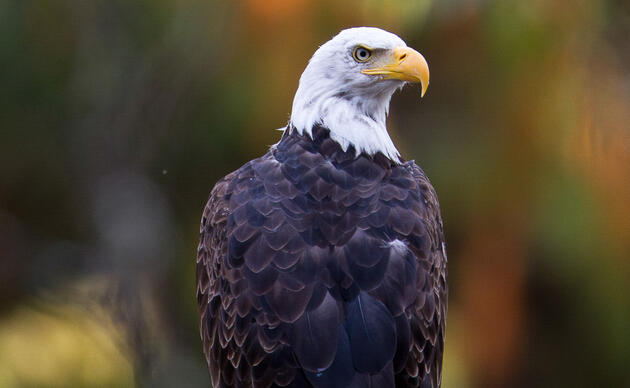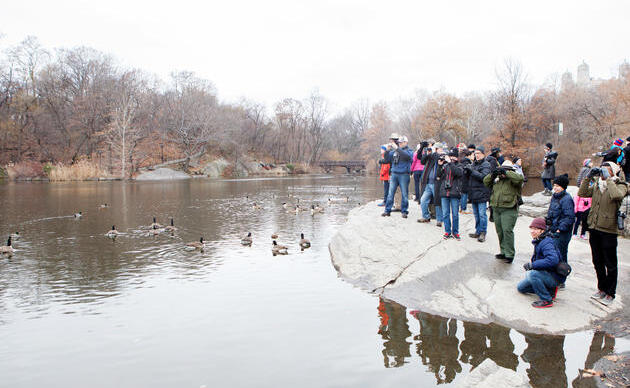Grassland birds have suffered an unparalleled decline over the past half century, stemming from widespread development of North America’s grasslands.
This calls for Audubon's action.
Millions of acres across the hemisphere support bird-friendly agriculture and provide important breeding and migratory habitat for hundreds of bird species. Audubon works with landowners and land managers to adopt regenerative land-management practices through our Wings Over Working Lands Initiative.
Audubon’s leading working lands program is the Audubon Conservation Ranching (ACR) program, which seeks to stabilize declining grassland bird populations in partnership with land stewards.
Why farmers and ranchers? The majority of the declining grassland birds inhabit privately owned land. Working collaboratively with private landowners is key to scale positive impact for birds.
Through this market-based approach, Audubon is connecting conservation-conscious consumers to farmers and ranchers that employ bird-friendly management practices in raising their livestock.
Your Local Grassland Ecologist:
Alexandra Wardwell: Alexandra (Alex) is the Prairie Project Manager with Audubon UMR, located in Polk County. In addition to serving as the NW MN ACR representative, Alex manages Audubon’s prairie and wetlands restoration program in the Important Bird Areas and Minnesota Prairie Conservation Plan boundaries of western MN and the globally unique Tallgrass Aspen Parklands ecoregion. Email Alex.
Krysten Zummo: Krysten is the Audubon UMR Grassland Ecologist for MN and the driftless ecoregion in Wisconsin and Iowa. She located in La Crosse, WI. Krysten is dedicated to implementing ACR within MN through rancher enrollment, habitat management plan development, and technical assistance. She has extensive experience with habitat restoration and protection with emphasis on establishing healthy bird habitat. Email Krysten.
Sarah Hewitt: Sarah is the Senior Conservation Manager for Audubon UMR, located in Sartell, MN. Her ACR responsibilities include staff management, strategic planning, and partnership development. Sarah will be temporarily be facilitating the technical assistance to Missouri producers enrolled in ACR. Email Sarah.
Available Financial Assistance:
Audubon proudly offers financial assistance and direct payments to producers for land management practices benefitting grassland-dependent wildlife while supporting regenerative grazing practices. Below are our state-based opportunities for producers of ACR certified land.
Minnesota and Iowa
Bird-friendly practices supported:
- Fence and watering infrastructure
- Prescribed fire
- Brush management
- Native pasture and hay planting
Participating farms are eligible to receive bird occupancy payments based on the presence of target bird species. Producers can earn up to $5,000 in a breeding season, or $10,000 for two years.
This work is supported by the USDA’s Natural Resources Conservation Service (NRCS) though its Conservation Innovation Grants (CIG) funding.
Missouri
Bird-friendly practices supported:
- Fence and watering infrastructure
- Herbaceous weed treatment
- Brush and tree removal
- Range and riparian plantings
- Stream crossings
- Pumping plant
If certified, properties are also eligible to receive soil monitoring, fully financially covered by Audubon.
Funding for MO financial assistance is supported by USDA’s Regional Conservation Partners Program.
Related
Tallgrass Aspen Parklands: Protecting and Restoring IBAs
Conserving Important Bird Areas (IBAs) in northwest Minnesota
Wildscaping is better for birds
By planting native plants, Debbie has attracted more birds to her garden and engaged neighbors in conversation about the benefits of a bird-friendly yard.

